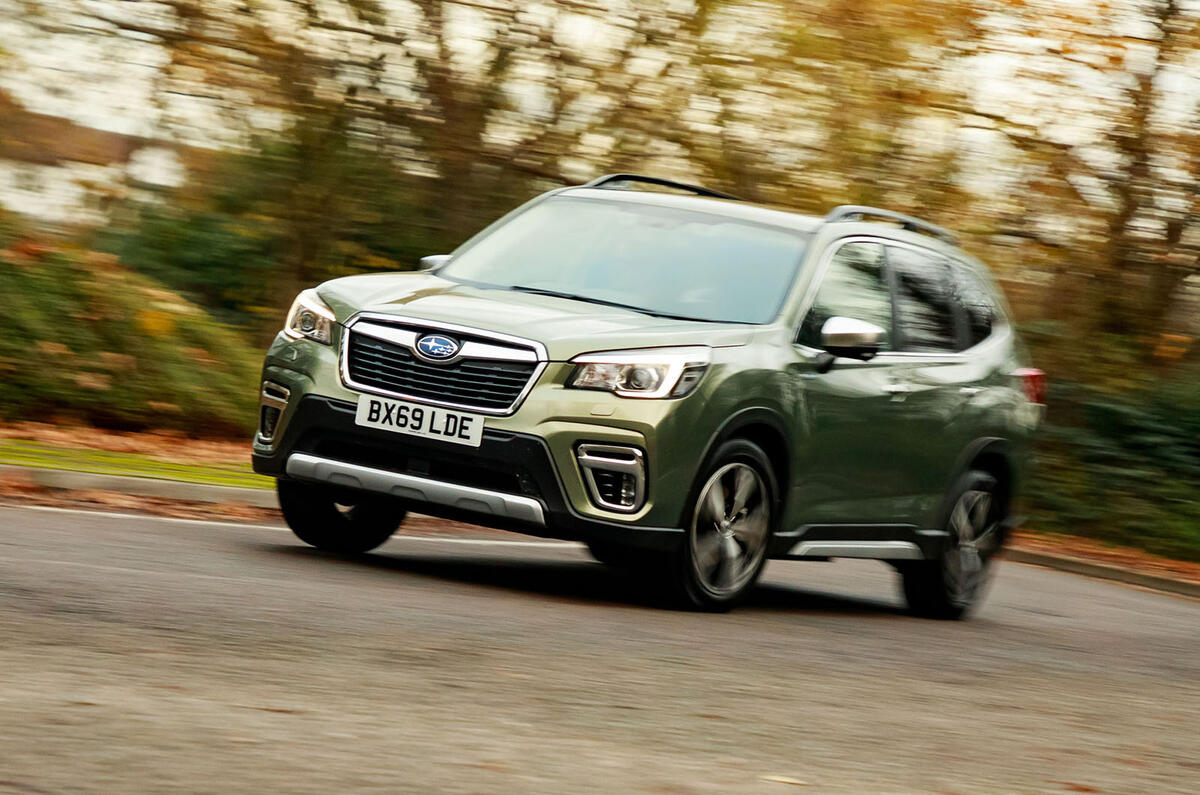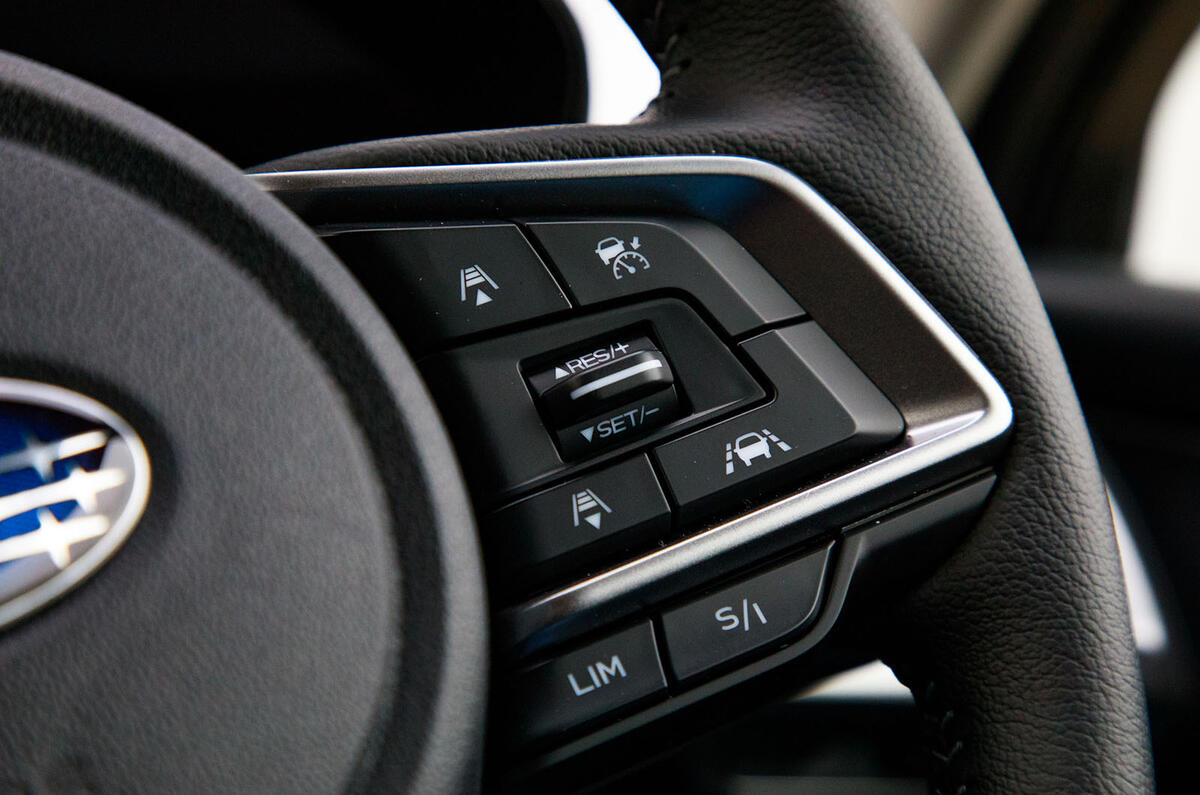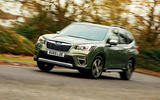The fifth-generation Subaru Forester, now on sale in the UK, is the first European Subaru to offer petrol-electric hybrid power.
We drove it in prototype form at a proving ground earlier this year. Now comes the chance to see how it works in right-hand drive, out in the real world, and to run a critical eye over its now-confirmed vital statistics.
This is one of a few Japanese hybrid SUVs that have come along over the last couple of years, all of them out to prove that they can be a viable alternative to what many still consider the default-option diesel family 4x4. If you’re one of the many in question, take a moment before you roll your eyes. Electrification remains conspicuously high on the political agenda, after all; as a trend, it isn’t going anywhere. Moreover, benefit-in-kind (BIK) bands are set to tighten quite dramatically next year as the UK company car taxation system makes the full switch to WLTP CO2 test figures, giving fleet drivers very good reason indeed to dump a conventionally powered alternative for a low-emissions hybrid.
So, has this Subaru come along just at the right time to save your tax bill? Not quite. With or without its relatively low-impact hybrid powertrain augmentation, the new Forester probably would never have been the first hybrid SUV for a thrifty company car driver to test drive, for reasons we’ll get to. Even so, it’s disappointing to find out just how weak the money-saving case for ownership of this car might be.
It may not plug in to charge, but that doesn’t seem to do Toyota or Lexus any harm. And it has very limited electric-only running potential, which may or may not bother you either. But the real disappointment is that it emits 154g/km of CO2. So, even by the outgoing NEDC Correlated test measure, it would have only very narrowly avoided the top 37% tax band come next April anyway. And rated by the new, even tougher WLTP test numbers that will actually be applied? Well, Subaru isn’t legally obliged to declare them yet, but as far as it’ll make any difference on your P11D, this car might as well be running a BRM V16 on Holley carburettors. A 37% liability is as bad as company car tax gets.





































